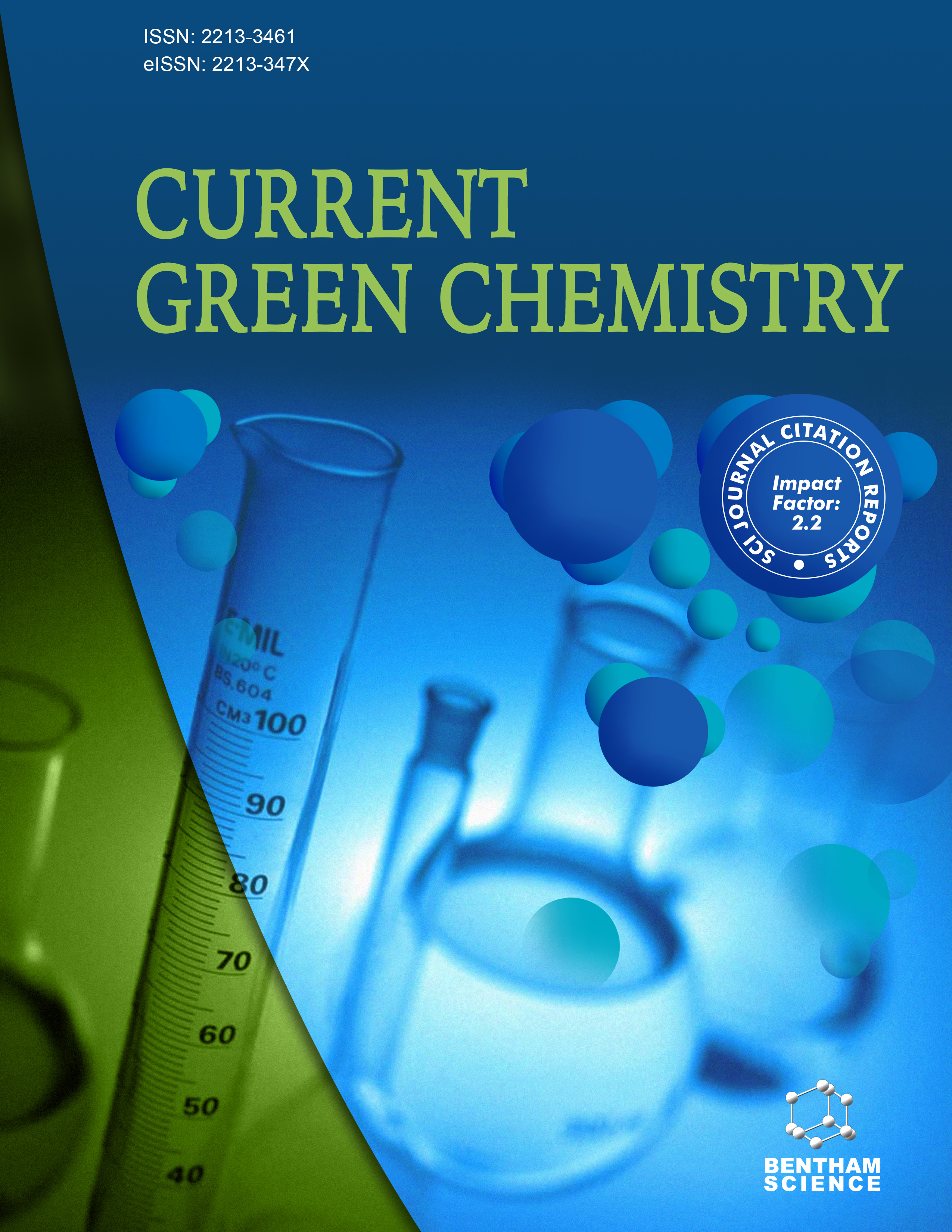
Full text loading...
We use cookies to track usage and preferences.I Understand
Concerns over environmental contamination have been raised by the use of non-biodegradable and non-renewable materials such as glass, plastics, and metals in packaging applications. With the goal of lessening the environmental impact of petroleum-based packaging materials, an extensive amount of research has been conducted to find alternative packaging materials. Due to their biodegradability, studies have shown that using bio-polymer-based materials can reduce the amount of packaging waste produced, which could partially address the issue of trash disposal. This review article is mainly focused on eco-friendly biodegradable material that can replace non-biodegradable pharmaceutical packaging material. These materials come from natural resources like proteins, carbohydrates, etc. that have negligible to no negative effects on the environment and organisms that depend on it. This article depicts how we can replace the existing non-biodegradable plastics with eco-friendly material as the use of pharmaceutical packaging material also plays a crucial role in the therapeutic performance of pharmaceutical products.

Article metrics loading...

Full text loading...
References


Data & Media loading...

